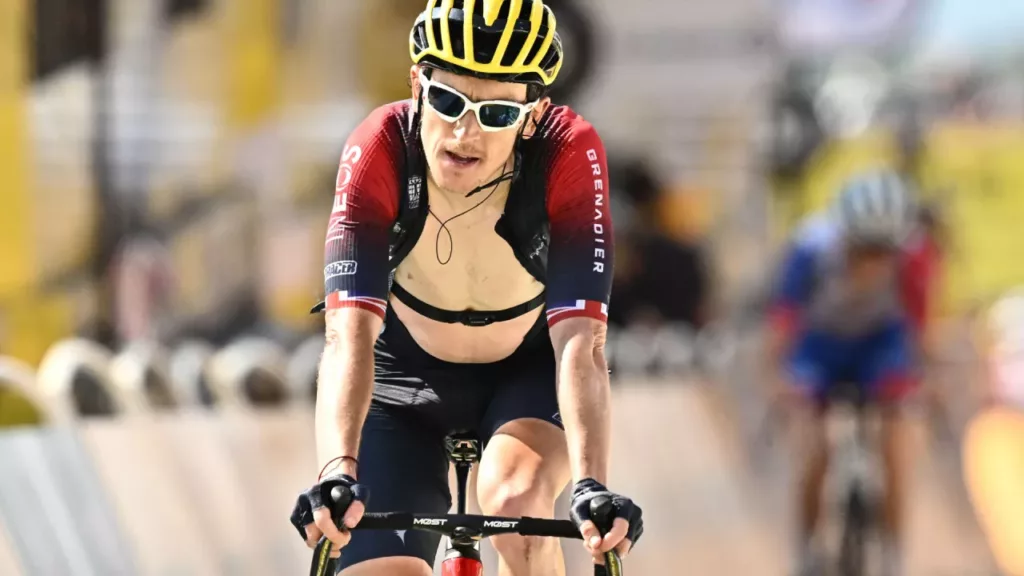Tracking and optimising your cycling training is key to improving performance and reaching your goals. This article offers a comparative analysis of various methods and tools for tracking cycling training, from traditional logbooks to advanced digital platforms and apps. We’ll explore how each method can help you monitor your progress, set realistic goals, and fine-tune your training regimen. Whether you’re a competitive racer or a cycling enthusiast looking to enhance your fitness, understanding the best ways to track and analyse your training can be instrumental in optimising your cycling progress.
Table of Contents
ToggleWhat are the best tools to track my cycling training?
There are a variety of tools available to track your cycling training. These range from simple smartphone apps to more advanced GPS devices and power meters. Apps like Strava, MapMyRide, and RideWithGPS are popular options that allow you to track your distance, speed, and route.
For a more detailed analysis, a GPS device like a Garmin or Wahoo can provide additional metrics such as elevation gain, heart rate, and power output. Power meters, while more expensive, offer the most precise measurement of your effort and can be invaluable in tracking your progress and optimising your training.
In addition to these, a good old-fashioned training diary can also be a useful tool. It allows you to record how you felt during a ride, what the weather was like, and any other factors that might affect your performance. Remember, the best tool is the one that you will use consistently. It’s also important to note that while these tools provide valuable data, they should be used in conjunction with a well-structured training plan and regular feedback from a coach or experienced cyclist.
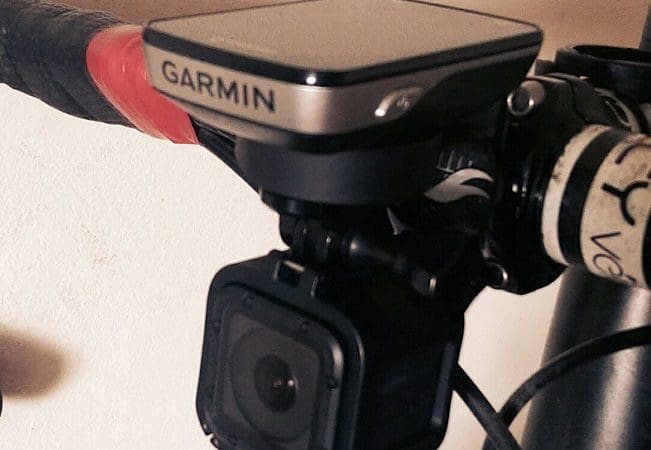
How can I optimise my cycling progress?
Optimising your cycling progress involves a combination of consistent training, proper recovery, and a well-balanced diet. Tracking your training can provide valuable insights into your performance and highlight areas for improvement. Indoor systems like Rouvy and Zwift have also made this process a lot easier.
Firstly, consistency is key. Regular training stimulates your body to adapt and improve. However, it’s important to balance hard training with adequate recovery to avoid overtraining. Secondly, recovery is just as important as training. This includes post-ride nutrition, adequate sleep, and active recovery sessions. Tracking your heart rate variability (HRV) can provide insights into your recovery status. Thirdly, a well-balanced diet fuels your training and aids recovery. Tracking your food intake can ensure you’re getting the right balance of macronutrients and replenishing your glycogen stores post-ride.
Finally, regular testing can track your progress and inform your training. This might involve a time trial, power test, or professional lab test. By comparing these results over time, you can see how your fitness is improving and adjust your training accordingly.
What metrics should I track in my cycling training?
The metrics you should track in your cycling training depend on your goals and the tools you have available. However, some key metrics that can provide valuable insights into your performance include:
- Distance: This is a basic measure of how far you’ve ridden. Over time, you might aim to increase your distance as your endurance improves.
- Time: This is how long you’ve spent on the bike. Like distance, you might aim to increase this as your fitness improves.
- Speed: This is how fast you’re riding. It can be affected by many factors, including wind, terrain, and fitness level.
- Heart rate: This is a measure of your effort and can be used to ensure you’re training at the right intensity.
- Power: This is the most accurate measure of your effort. While power meters can be expensive, they provide valuable data for training and racing.
- Cadence: This is how fast you’re pedalling. It can affect your efficiency and fatigue levels.
- Elevation gain: This is how much climbing you’ve done. It’s particularly relevant if you’re training for a hilly event.
Remember, the key is to track the metrics that are most relevant to your goals. For example, if you’re training for a time trial, you might focus on power and speed. If you’re aiming to complete a long-distance event, distance and time might be more relevant.
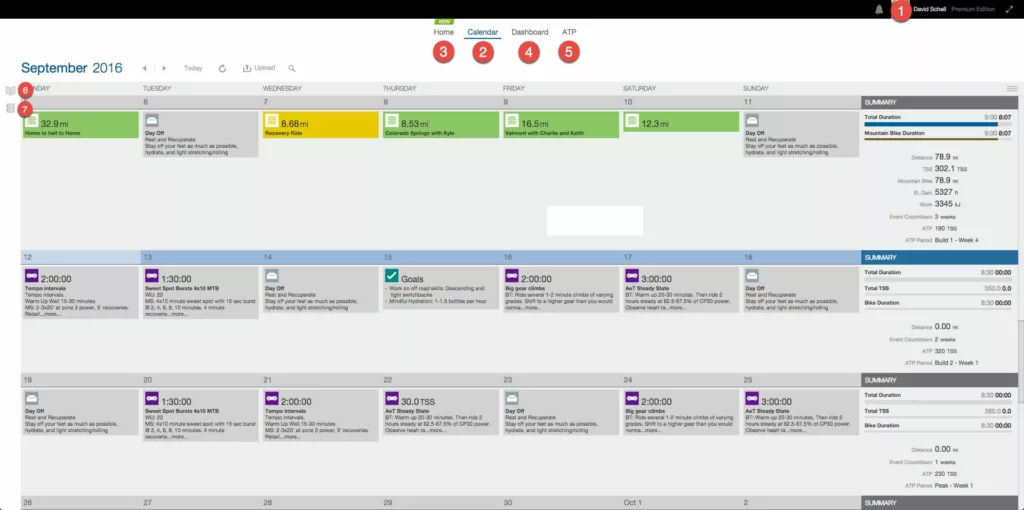
How does tracking my cycling training help improve my performance?
Tracking your cycling training helps improve your performance by providing objective data about your rides. This data can highlight trends, identify areas for improvement, and inform your training decisions. For example, tracking your speed and power can show whether your fitness is improving. If you’re getting faster or producing more power for the same effort, it’s a good sign that your training is working.
Tracking your heart rate can ensure you’re training at the right intensity. For example, if your heart rate is too high for a supposed easy ride, it might indicate that you’re not recovered and need to take it easier. Tracking your cadence can improve your efficiency. If you’re consistently pedalling at a low cadence, it might suggest that you could benefit from some high-cadence drills. Finally, tracking your rides can keep you accountable and motivated. Seeing your progress over time can be a powerful motivator to keep training and pushing your limits.
How can I use data from my cycling training to set goals?
Data from your cycling training can be used to set SMART (Specific, Measurable, Achievable, Relevant, Time-bound) goals. These goals can guide your training and keep you motivated. For example, you might set a goal to increase your average speed over a certain route. By tracking your speed on each ride, you can see whether you’re making progress towards this goal.
Alternatively, you might set a goal to increase your power output. By tracking your power on each ride, you can see whether your training is leading to improvements. Remember, it’s important to set goals that are challenging but achievable. If you’re consistently not meeting your goals, it might indicate that they’re too ambitious and need to be adjusted.
Can tracking my cycling training help prevent injuries?
Yes, tracking your cycling training can help prevent injuries. Overtraining is a common cause of injury among cyclists, and tracking your training can help you avoid this.
By tracking your volume (distance or time) and intensity (speed, heart rate, or power), you can ensure you’re not increasing your training load too quickly. A common rule of thumb is the “10% rule”, which suggests not increasing your weekly training volume by more than 10%.
Tracking your heart rate variability (HRV) can also provide insights into your recovery status. A low HRV can indicate that you’re not fully recovered and are at risk of overtraining.
Finally, tracking any aches and pains can help you catch potential injuries early. If you notice a consistent pain that gets worse with riding, it’s a good idea to seek advice from a healthcare professional.
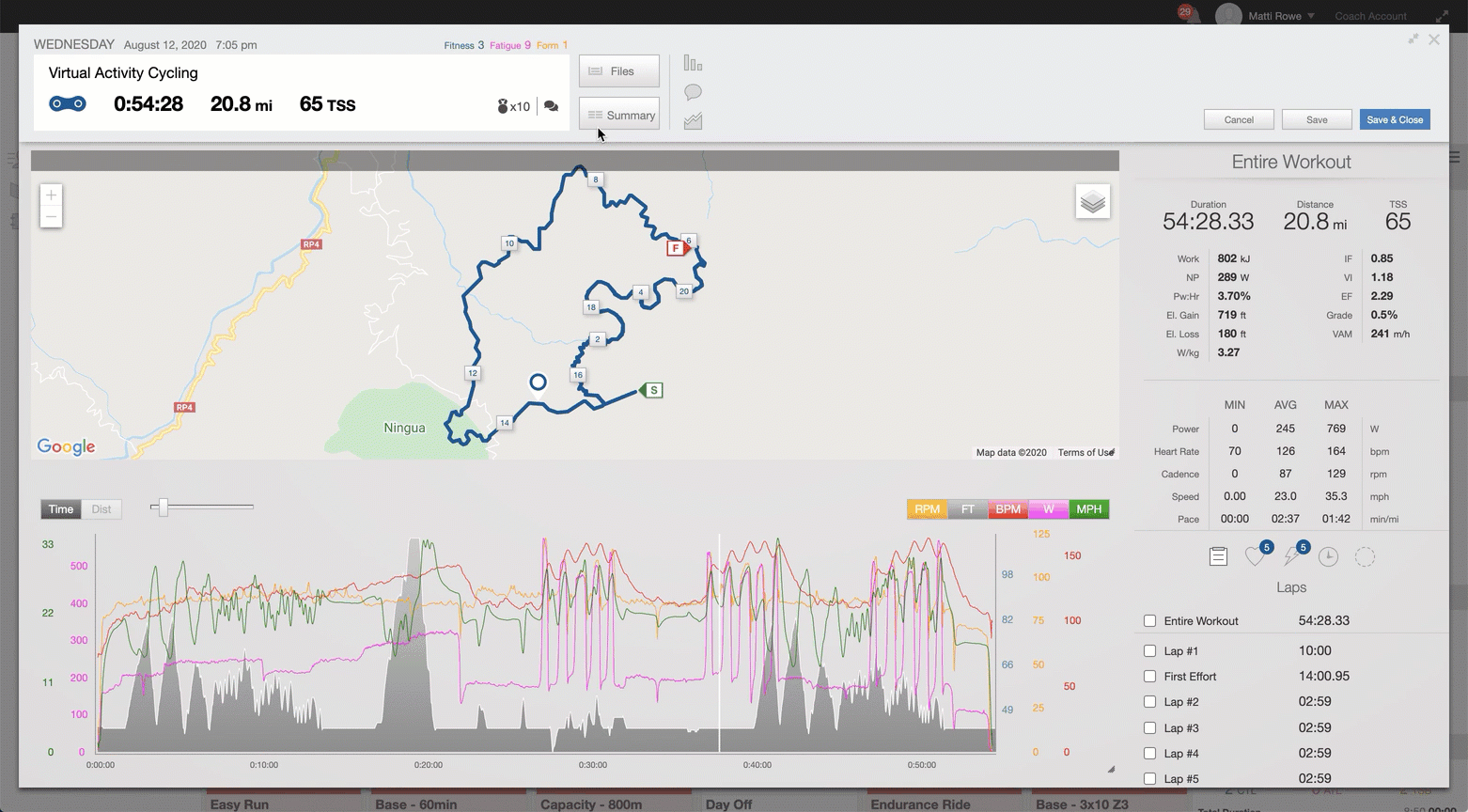
How do I analyse the data from my cycling training?
Analysing the data from your cycling training involves looking for trends, comparing rides, and using the data to inform your training decisions.
Firstly, look for trends in your data. This might involve plotting your average speed, power, or heart rate over time to see whether they’re improving. You might also look for patterns in your heart rate variability (HRV) to monitor your recovery status.
Secondly, compare different rides. This might involve comparing your speed or power on the same route to see whether you’re getting faster. Or it might involve comparing your heart rate for the same power output to see whether your efficiency is improving.
Finally, use the data to inform your training decisions. If your data shows that you’re not improving, it might indicate that you need to change your training. Or if your HRV is consistently low, it might suggest that you need more recovery.
Remember, data is just one piece of the puzzle. It’s also important to listen to your body and consider other factors like your feelings, motivation levels, and any aches or pains.
How often should I track my cycling training?
How often you should track your cycling training depends on your goals and the tools you have available. However, as a general rule, it’s a good idea to track every ride. This allows you to monitor your progress, ensure you’re training at the right intensity, and catch any potential issues early.
If you’re using a heart rate monitor or power meter, you might also track your heart rate variability (HRV) or power output daily. This can provide insights into your recovery status and whether you’re ready for a hard workout.
Remember, the key is consistency. The more data you have, the more accurate your analysis will be. But it’s also important not to get too caught up in the numbers. Listen to your body and remember that it’s normal for your performance to fluctuate from day to day.
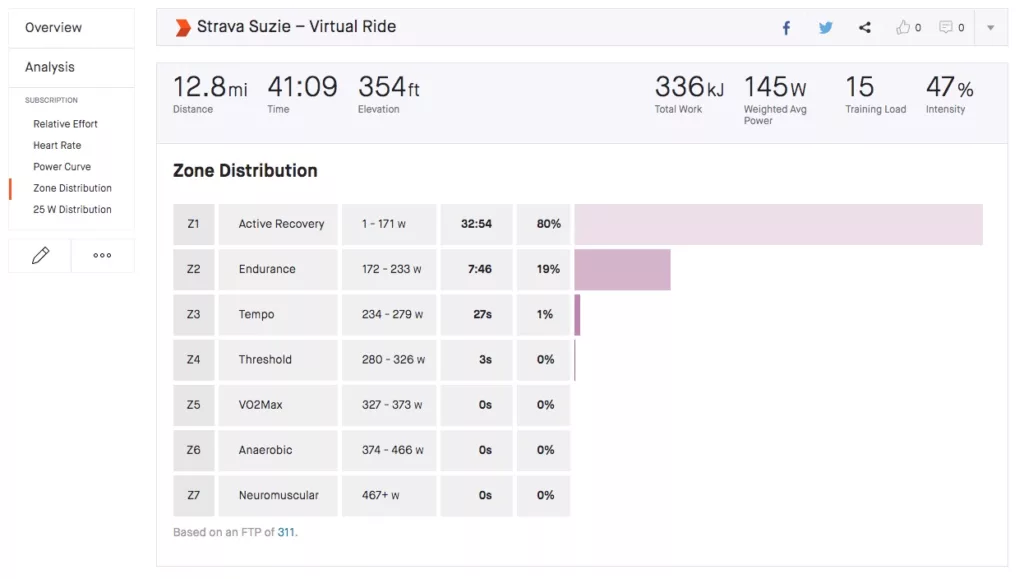
How can I use tracking to improve my cycling technique?
Tracking can provide valuable insights into your cycling technique and highlight areas for improvement. For example, tracking your cadence can show whether you’re pedalling too slowly or too quickly. If you’re consistently pedalling at a low cadence, it might suggest that you could benefit from some high-cadence drills.
Similarly, tracking your power output can show whether you’re pushing harder with one leg than the other. If this is the case, it might indicate that you need to work on your pedalling symmetry. Finally, video analysis can be a useful tool for improving your technique. By filming yourself on the bike, you can identify any issues with your posture, alignment, or pedalling motion.
Remember, improving your technique can make you a more efficient and faster cyclist. But it’s also important to balance this with other aspects of your training, like endurance, strength, and speed work.
What are the benefits of tracking my cycling training over a long period of time?
Tracking your cycling training over a long period has several benefits. Firstly, it allows you to see your progress. By comparing your speed, power, or heart rate over time, you can see how your fitness is improving.
Secondly, it can help you identify trends or patterns in your training. For example, you might notice that your performance dips at certain times of the year, or that you tend to get injured when your training volume reaches a certain level.
Thirdly, it can inform your future training. By looking back at what worked and what didn’t, you can make more informed decisions about your training plan. Finally, it can keep you motivated. Seeing your progress over time can be a powerful motivator to keep training and pushing your limits. Remember, the key is consistency. The more data you have, the more accurate your analysis will be. But it’s also important to balance this with listening to your body and enjoying your riding.


